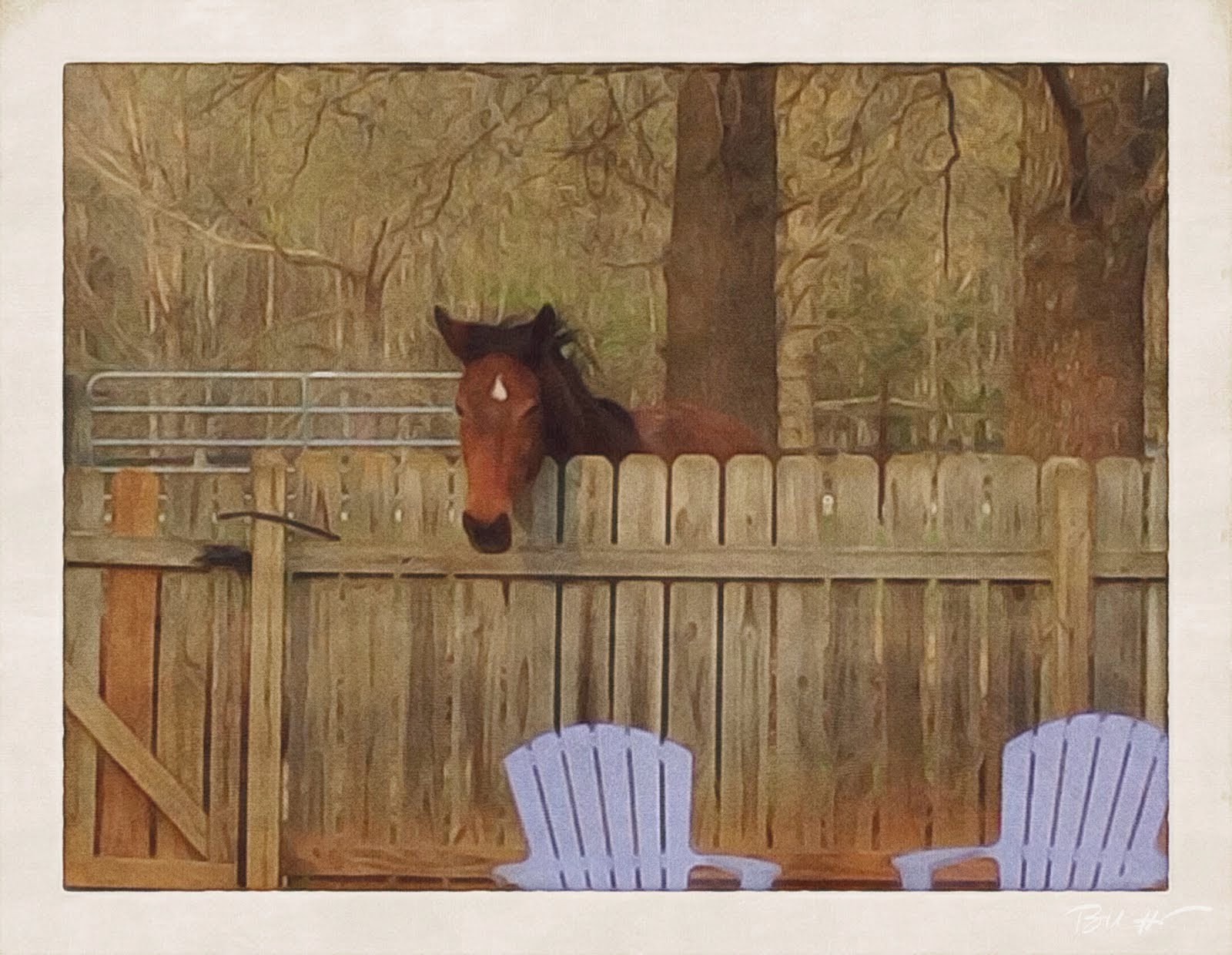It’s spread to an entire area of the bed it’s currently planted in:
Look how many there are! I planted 6. I’m in the process of digging these up and moving them to the fence that is directly behind the upper level of this bed, so they’ll be in the back and can not only get as tall as they like, but can lean on the fence if they get *too* tall.
They’re wonderful pollinators and have health uses as well.
More info here:
Tall goldenrod with New England Aster. Photo © 2012 David D. Taylor.
Tall Goldenrod (Solidago altissima L.)
By David Taylor
Tall goldenrod is a member of the Asteraceae, the Sunflower family. In older manuals and guides, this family is called the Compositae because the 'flowers' are a composite of many flowers, often of different types. The many species of plants in this family are grouped based on the arrangement and type of flowers. All members of the family produce one or more heads (capitulum, the term used in technical keys) of flowers. This and other goldenrods have two different types of flowers, ray flowers and disk flowers and in turn, these can have male and female parts, or either one or the other. The ray flowers look like petals, but each is actually an individual flower. The disk flowers are at the center of the head, inside the ring of ray flowers. The disk flowers are usually small. With a hand lens one can see the distinct tips of five petals in each flower. The disk flowers closest to the ray flowers open first.







